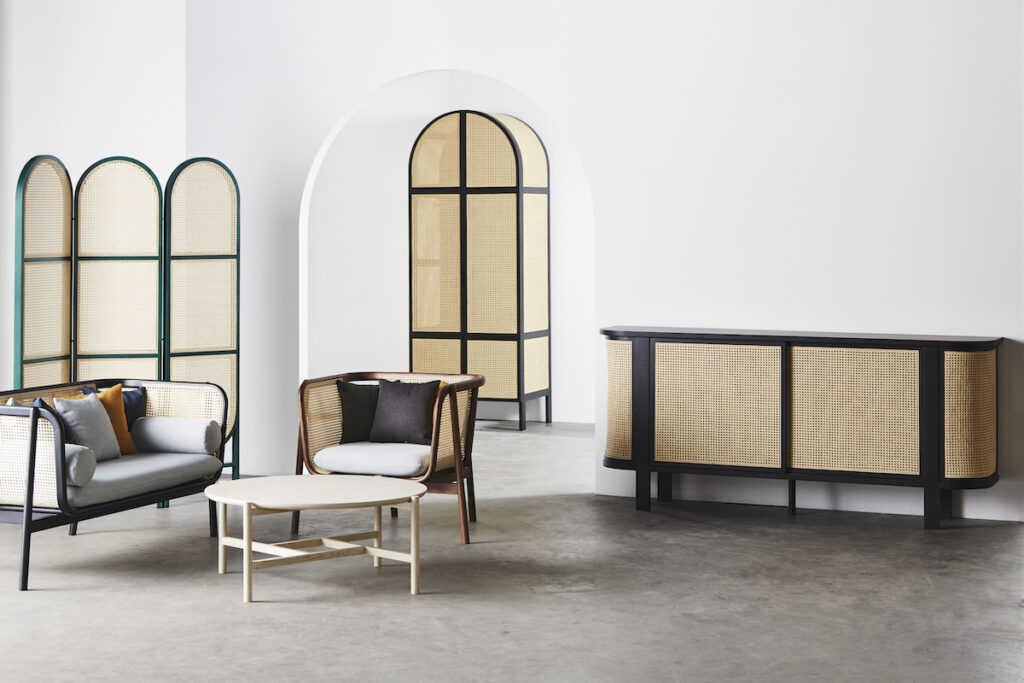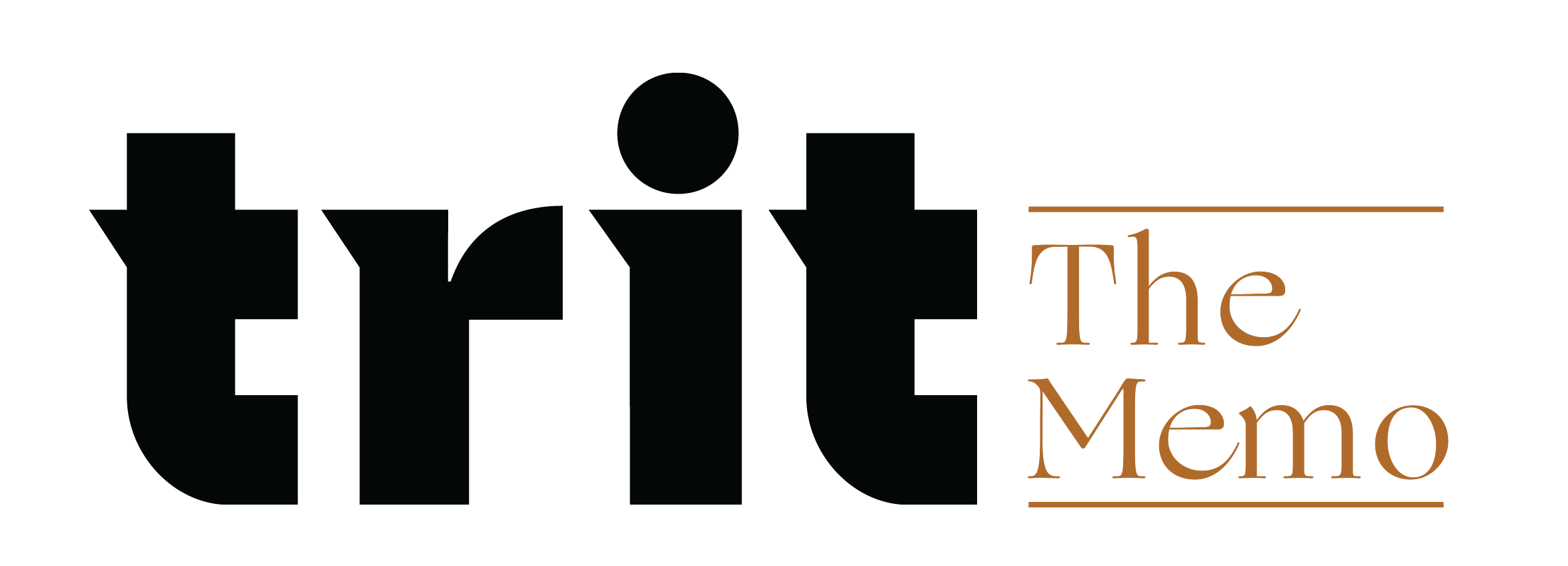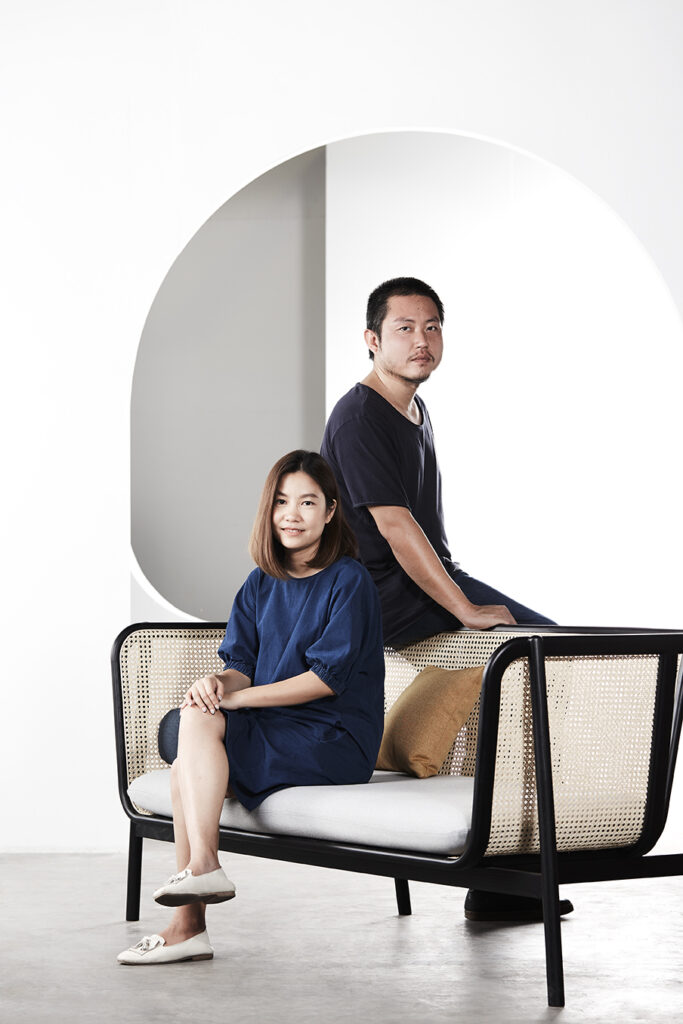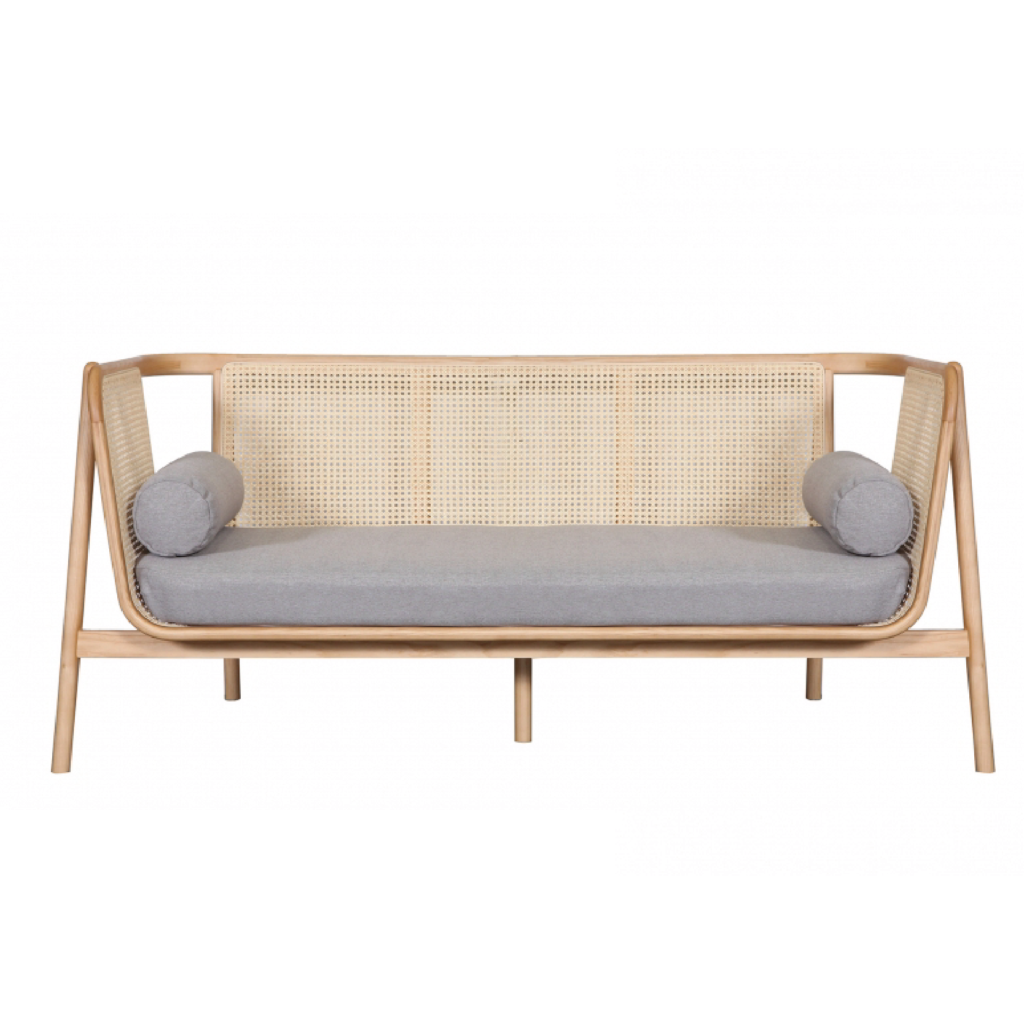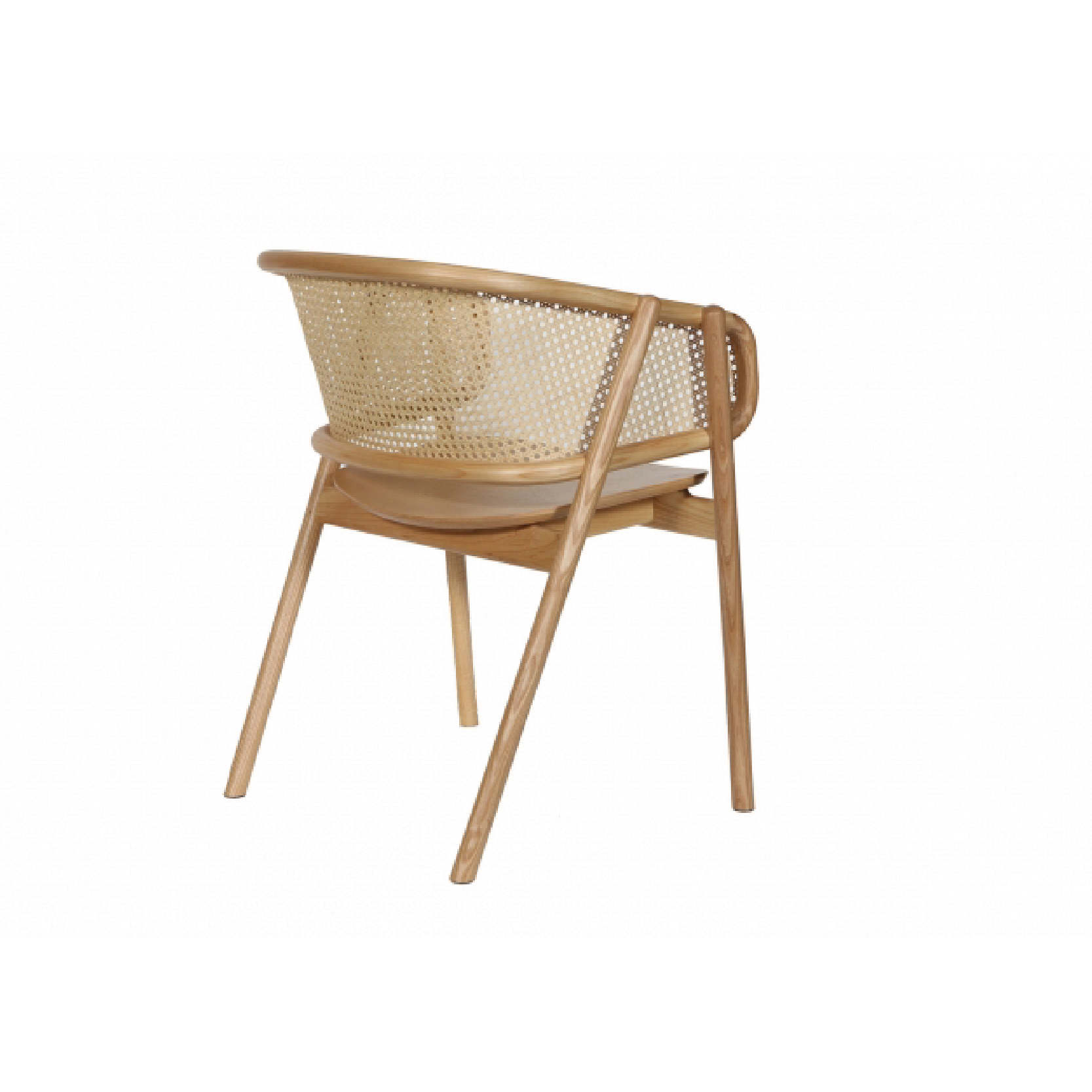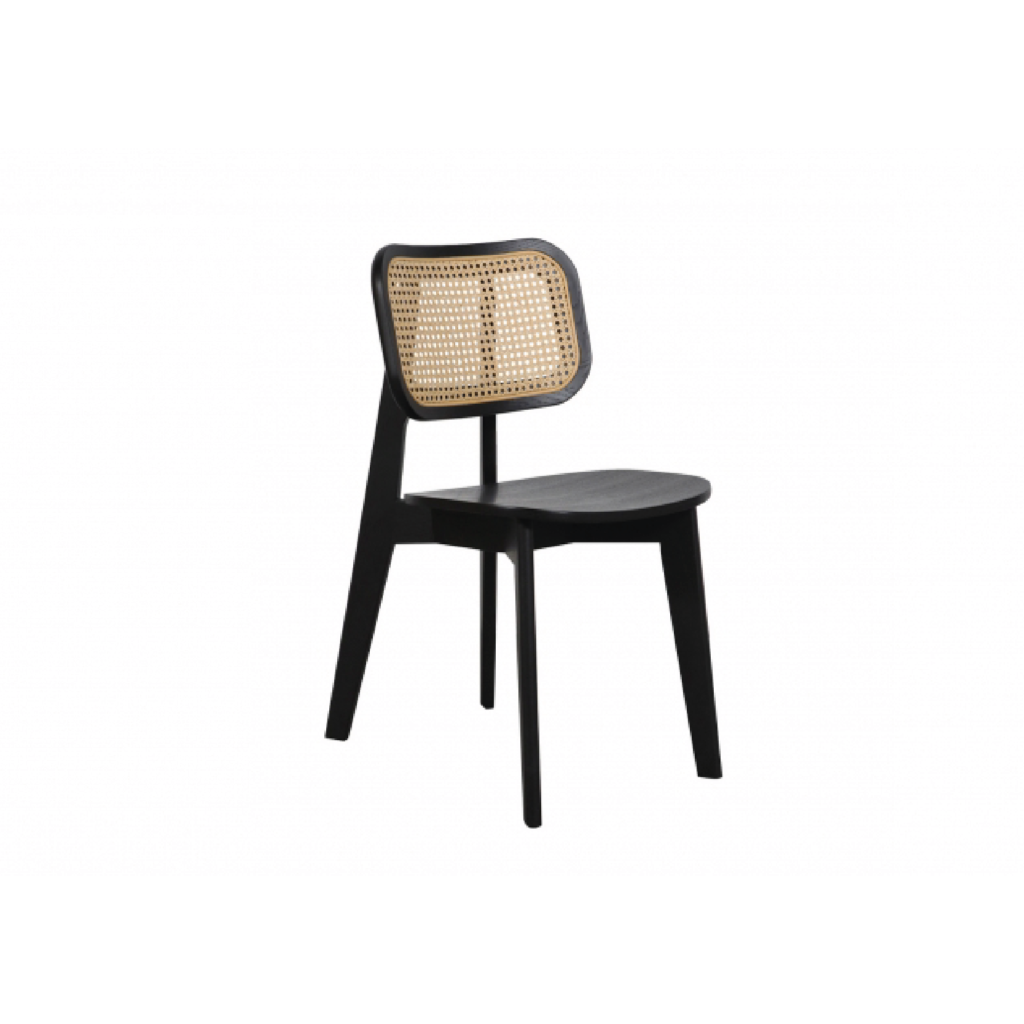Everything you need to know about… Rattan
Rattan can be expressed in various pieces and design styles. It is a versatile material, and a ‘trend’ that is here to stay. Cane, rattan, wicker, what is the difference and what does it all mean?
The Basics
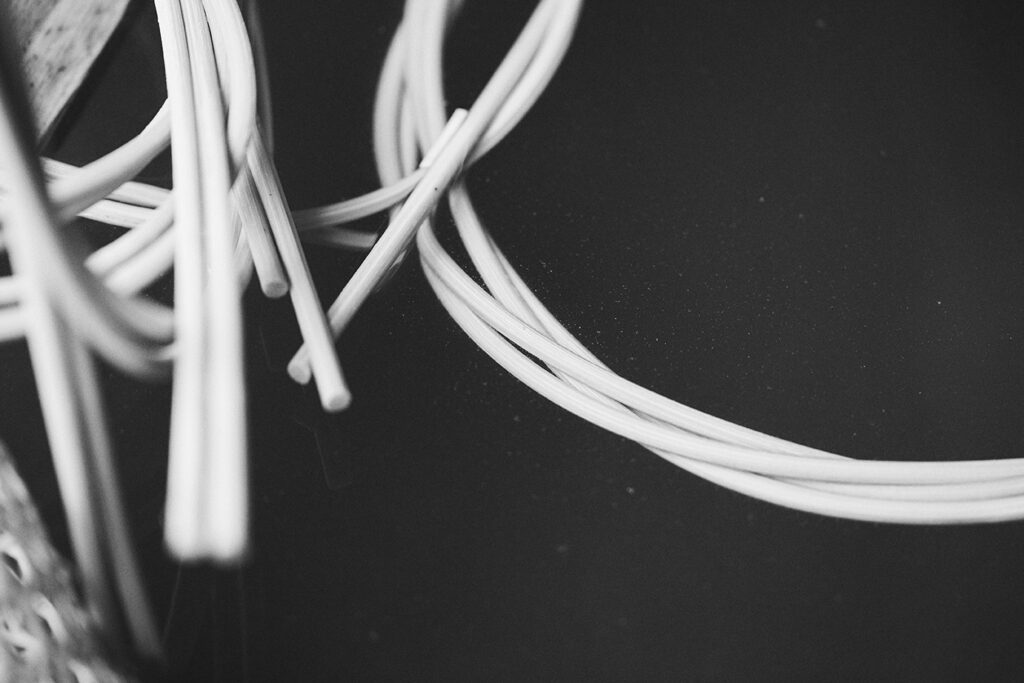
Pronounced ruh·tan, rattan is a a creeping plant that grows in tropical & sub-tropical climates. Today it is most commonly produced throughout Asia. The word rattan itself comes from the Malay word rotan. A material celebrated for its strength and durability as well as its springy rope like consistency. It is mailable making it perfect for furniture as it curves with ease.
Before rattan furniture, came woven baskets. Some of which scientists have carbon-dated back as fas as 8,000 B.C in Ancient Egypt where native reeds rather than the rattan plant were used. However rattan furniture as we know it today began in the 18th century where the most common woven cane pattern Wiener Geflecht was invented in Vienna.
At Trit House, cane specialist Atelier 2+ honour these traditional techniques in modern designs seen in their Cane Collection. Rarely does a material expresses a strong sense of place while showcasing elegance and comfort, simultaneously.

What is Cane?
Integral to the Cane Collection is the stripping process of the rattan to create cane. High quality rattan furniture is exemplified by the consistent colour and finish. The weave should be without the appearance of black and green specks.
The stems which can vary in size from 3mm to more than 20cm diameter are harvested. It is then washed, cured & smoked, turning into the creamy yellow colour we are familiar with. After this process the rattan is dried to remove excess moisture under the sun. The stems are now ready to be peeled down into cane strips which are then woven by master craftsman and can be applied to the timber frame. The results of the collection weave the humble beginnings of Southeast Asian materials into timeless elegance, while the whimsical rawness of the material is retained. Artisanal heritage is bound with contemporary aesthetics.
Wicker on the other hand is a weaving technique and can be comprised many different materials such as bamboo or even plastic. Plastic wicker, used in outdoor furniture is created when polyethylene (or PE), a type of resin is melted down and extruded to mimic rattan strands. These strands are then woven in the same techniques.
Sustainability
For the Cane Collection, the rattan is grown in Thailand by local farmers. The plant is fast growing and can adapt to various ecological conditions. The end result not only creates beautiful design detailing, it also provides an alternative to timber logging reducing strain on forest resources. Being a vine, it grows around existing trees and can be planted in smaller gardens providing an additional source of income for many.
Being produced local to the timber factory means strong quality control throughout the manufacturing process. The collection aims to insert the still beauty of contemporarily decorated space with a warm lightness that radiate life and vibrancy. The unique airiness of cane surface work as a conduit of light and air, allowing these elements a freedom of movement not found through other types of furniture surface material.
About The Designers
Atelier 2+ Studio is a Bangkok based creative studio with international recognition in architecture, art, craft and design. Thai-born, Swedish trained Ada Chirakranont and Worapong Manupipatpong works best characterised by blurring the subjectivity of fine art and objectivity of architecture. Atelier 2+ Studio’s approach towards furniture design reaches beyond furniture as a stand-alone product, rather articulates it as a tool for shaping user experience in a furnished space.
